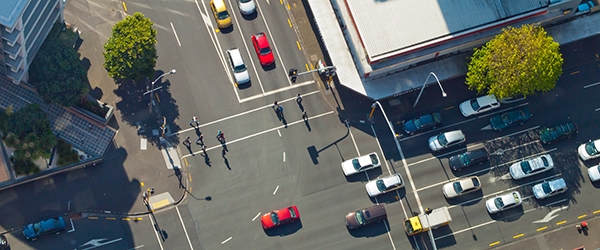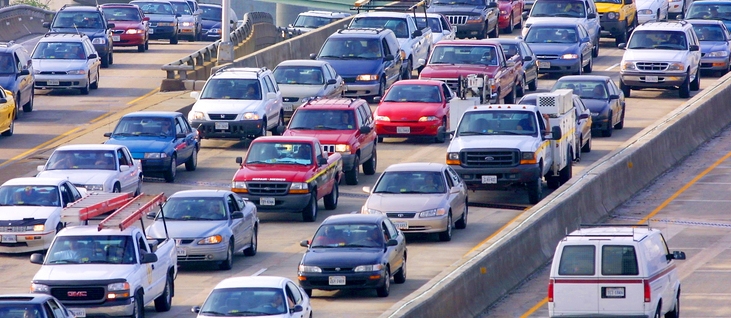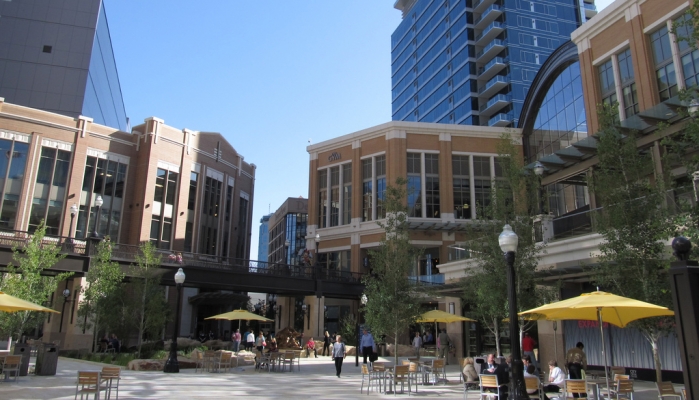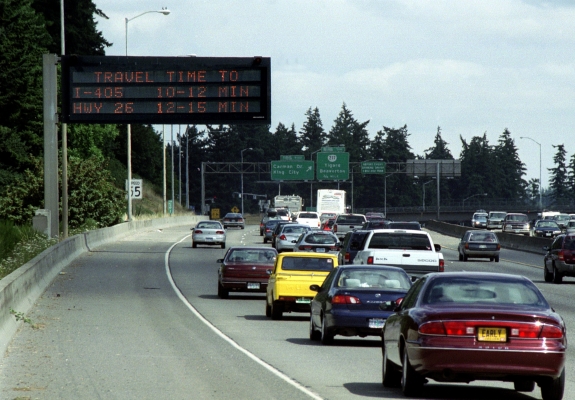Roadside construction – be it a detour, a closed lane, or a slow weave past workers and equipment – work zones impact traffic flow and travel times on a system-wide level. The ability to predict exactly what those impacts will be, and plan for them, would be a major help to both transportation agencies and road users. Funded by the National Institute for Transportation and Communities, the latest Small Starts project led by Abbas Rashidi of the University of Utah introduces a robust, deep neural network model for analyzing the automobile traffic impacts of construction zones.
The top three causes of non-recurring traffic delays are crashes, work zones, and adverse weather conditions, with work zones accounting for 10% of all non-recurring delays. Precise work zone impact prediction could significantly alleviate fuel consumption and air pollution.
"Machine learning and deep learning are powerful tools to build different types of data and predict future situations. Using AI for analyzing data is the future of transportation engineering in general," Rashidi said.
The Utah Department of Transportation (UDOT) collects various types of data related to work zone operations. Working with these data, Rashidi and graduate research assistant Ali Hassandokht...
Read more







